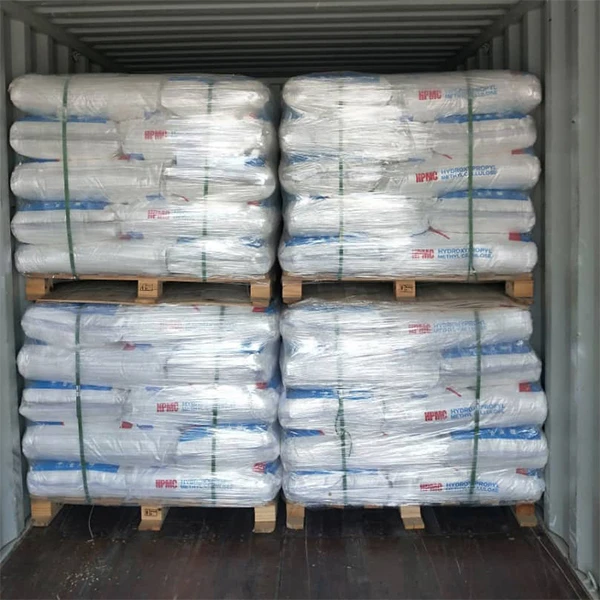The Importance of Construction Adhesives in Modern Building Projects
In the realm of construction, adhesives play a pivotal role in enhancing the durability, efficiency, and aesthetics of buildings and infrastructure. Among the various types of adhesives, construction adhesives have become indispensable on job sites due to their versatility and robust properties. This article delves into the significance of construction adhesives, their types, applications, and best practices for effective use.
What Are Construction Adhesives?
Construction adhesives are specialized bonding agents formulated to adhere a variety of construction materials such as wood, metal, concrete, and plastics. Unlike traditional glue, construction adhesives can withstand extreme conditions, including temperature fluctuations, moisture, and exposure to chemicals. These are designed to create strong, long-lasting bonds that can offer superior performance over mechanical fasteners in many scenarios.
Types of Construction Adhesives
There are several types of construction adhesives available, each suited for specific applications
1. Polyurethane Adhesives Known for their flexibility and strong bond, polyurethane adhesives are ideal for applications where movement occurs, such as in flooring or siding.
2. Acrylic Adhesives These adhesives are water-resistant and cure quickly, making them perfect for both interior and exterior projects. They also have excellent UV resistance.
3. Epoxy Adhesives Composed of resin and hardener, epoxy adhesives offer exceptional strength and resistance to chemicals. They are commonly used in structural applications and repairs.
4. Silicone Adhesives These are often used for sealing and bonding in moist environments, such as kitchens and bathrooms, because of their waterproof properties.
5. Contact Adhesives Ideal for laminates and veneers, contact adhesives create an immediate bond upon contact and are useful in applications requiring a quick set time.
construction adhesive

Applications in Construction
Construction adhesives are utilized in myriad applications. In residential construction, they are employed in bonding subfloors, installing countertops, and securing drywall. Commercially, these adhesives are integral in the assembly of modular buildings and installing façade elements. In addition to traditional applications, the growing trend of sustainable building practices has prompted the use of construction adhesives in green construction, as many products are being designed with eco-friendly formulations.
Best Practices for Using Construction Adhesives
To ensure optimal performance, it’s essential to follow best practices when using construction adhesives
1. Surface Preparation Clean and dry surfaces are critical for achieving a strong bond. Remove dust, dirt, oil, and old adhesives before application.
2. Temperature and Humidity Be mindful of environmental conditions. Most adhesives have specific temperature and humidity ranges for optimal adhesion.
3. Application Method Different adhesives may require different application methods. Follow the manufacturer's instructions for the best results.
4. Clamp or Weight After applying the adhesive, clamping or weighing down materials can enhance the bond and minimize gaps.
5. Curing Time Allow adequate curing time as recommended by the manufacturer before subjecting the bonded materials to stress or load.
Conclusion
Construction adhesives are a cornerstone of modern construction, enabling builders to create strong, durable structures efficiently. Their versatility and strength make them an essential tool in any construction project. By understanding their properties and adhering to best practices, builders can harness the full potential of construction adhesives, ensuring successful outcomes for their projects. Whether it’s in residential buildings, commercial structures, or innovative green designs, the significance of construction adhesives continues to grow in today’s construction landscape.
-
Rdp Powder: Key Considerations for Wholesalers in the Building Materials IndustryNewsJul.08,2025
-
Key Considerations for Wholesalers: Navigating the World of Hpmc - Based ProductsNewsJul.08,2025
-
Hpmc Detergent: Key Considerations for WholesalersNewsJul.08,2025
-
Key Considerations for Wholesalers: China Hpmc For Tile Adhesive, Coating Additives, Concrete Additives, and MoreNewsJul.08,2025
-
Crucial Considerations for Wholesalers: Navigating the World of Construction MaterialsNewsJul.08,2025
-
Key Considerations for Wholesalers Sourcing Additive For Cement, Additive For Concrete, Additive For Putty from Additive Manufacturer Shijiazhuang Gaocheng District Yongfeng Cellulose Co., Ltd.NewsJul.08,2025




